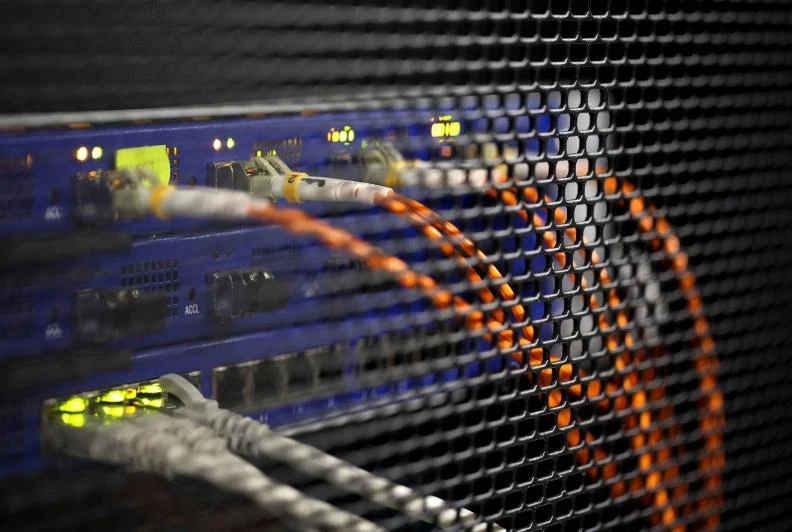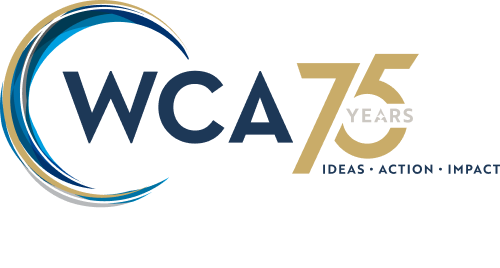
Bloomberg News: About half a million people living in New York City and its suburbs lack access to high-speed broadband internet.
It’s hard to believe in this age of hyper-connectivity, but about half a million people living in New York City and its suburbs still lack access to high-speed broadband despite more than a decade of state and federal programs that have poured billions of dollars into closing the digital divide.
It’s a jarring reminder that lack of online access isn’t just a rural issue, but one that strikes nearly at the center of a global hub synonymous with all things modern and high-tech.
All told, roughly half of the state’s 1 million households who lack access or a subscription to home broadband services are on Long Island, the Mid-Hudson Valley and New York City, according to a 2021 report from state Comptroller Thomas DiNapoli’s office.
Right in the heart of our supposedly advanced communities are kids who can’t do their homework, businesses that can’t maintain a competitive edge, employees who can’t work from home, and — perhaps most concerning — people in trouble who can’t call for help.
So why the chronic gaps in coverage? It’s not just the lack of funding. Red tape is a big culprit, including an onerous and needlessly complex permitting process for new projects.
That’s why lawmakers in Albany must pass legislation that simplifies these bureaucratic hurdles and streamlines permitting for broadband and wireless telecommunication applications. For years, state legislation addressing these concerns has failed to make it out of committee and, as a result, our communities pay the price.
Reforming this process is consistently highlighted by industry stakeholders and community leaders as a key priority. The need for quick action was underscored yet again in a recent report from Hudson Valley Pattern for Progress, which reviews the bureaucratic roadblocks preventing the investments necessary to bring next-generation wireless technology to many suburban communities.
New York should look to California, which has eliminated barriers to universal connectivity by enacting legislation to streamline its broadband permitting process through “batching” applications. Now in the Golden State, as many as fifty permit applications for “substantially similar” broadband project sites can be processed by state regulators under a single permit.
In New York, meanwhile, the current permitting system remains byzantine and time-consuming, and it varies from one community to the next, which discourages critical infrastructure investment. As a result, providers hesitate to commit the time and resources in complex planning for individual municipality deployment projects, fearing their applications will be left pending while costs steadily increase.
It goes without saying that high-speed, reliable broadband connectivity is essential for driving economic growth, enhancing quality of life, and fostering digital equity for all New Yorkers. It is also a matter of public safety. Tragic incidents by those unable to make emergency calls due to connectivity have occurred statewide.
The precise solutions to process issues should be unique to each state, and we do not advocate for stripping municipalities of their decision-making role in the permitting process. But simplifying and standardizing the permitting process while respecting municipalities’ decision-making authority is not only possible, but necessary.
Enacting reforms that cut red tape and provide clearer, more consistent guidelines for broadband and wireless infrastructure deployment will expedite the expansion of reliable internet access to underserved areas, benefiting individuals, businesses, public safety and overall quality of life.
Particularly now, as the state’s ConnectAll initiative prepares to invest close to a billion dollars to improve digital access and bridge the digital divide, we need lawmakers in Albany to take decisive action and pave the way for a more connected and prosperous future.
Reliable cellular service and high-speed internet is essential — especially in the post-COVID landscape where so much of our work, education, and health care and more is now online. Together, we can bridge the digital divide to ensure that everyone can thrive and not get stuck in the slow lane of the digital highway.
Michael N. Romita is the president & CEO of the Westchester County Association, and Matt Cohen is the president & CEO of the Long Island Association.

